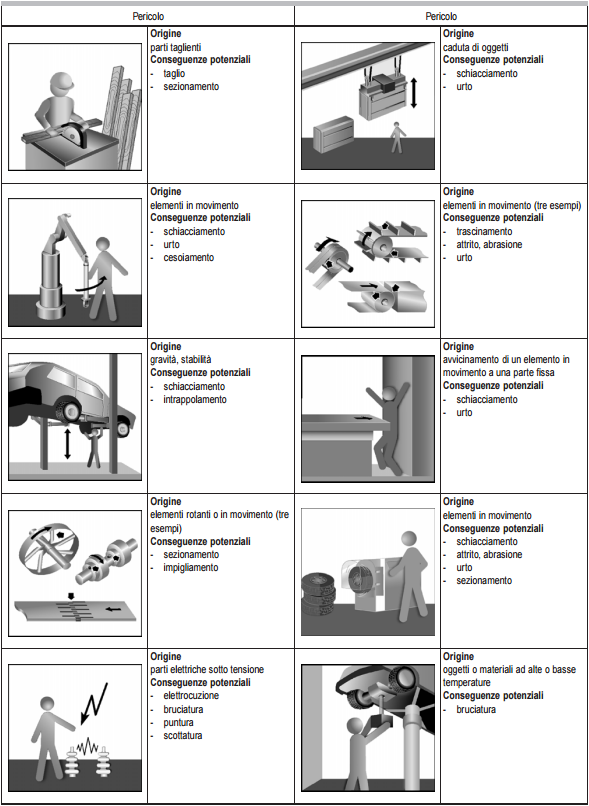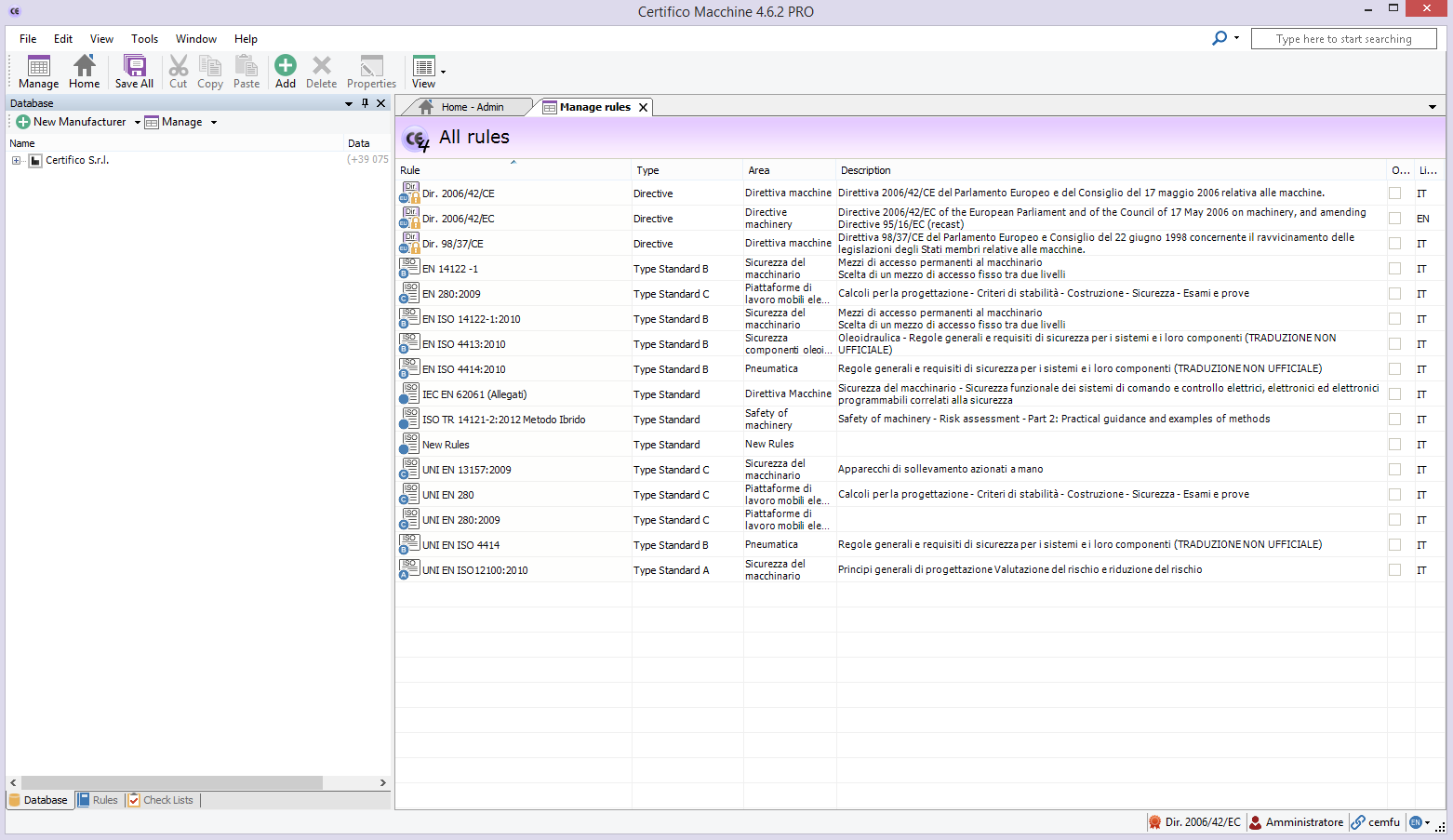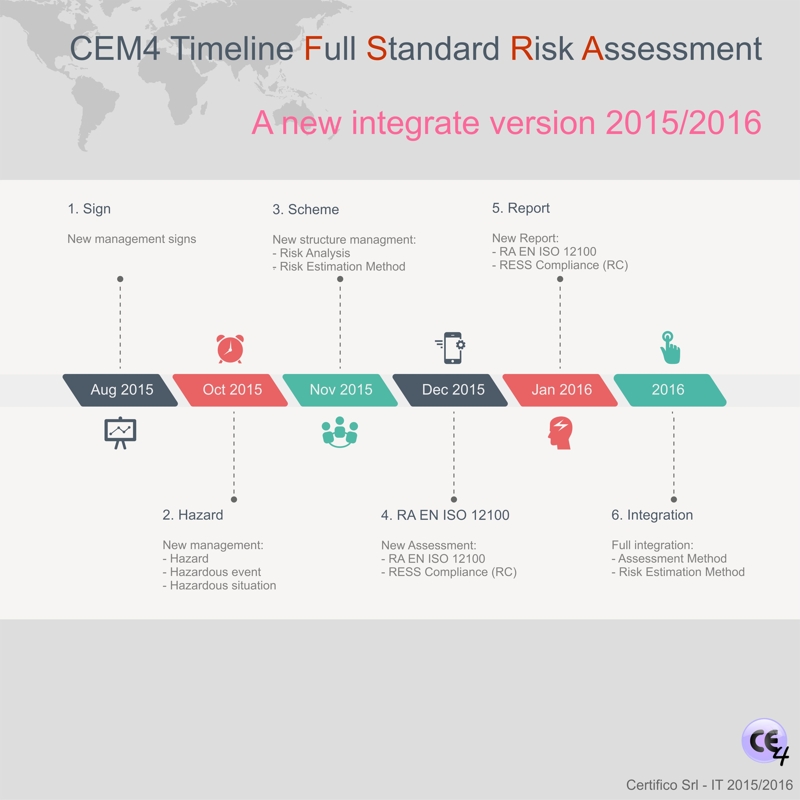Uni En Iso 12100 Pdf Editor



En Iso 12100 Pdf
Jeremy Procter, Convenor of the European Standards Committee responsible for Machine Guards, and Managing Director of Procter Machinery Guarding, discusses parts 1 and 2 of EN ISO 12100, the machinery safety standard. Note that EN ISO 12100-1 and EN 12100-2 have both been superseded by - Ed, 31 December 2010EN ISO 12100 Safety of machinery - Basic concepts, general principles for design is one of the most important machinery safety standards. It is harmonised to the Machinery Directive, so complying with its requirements (and those of other relevant harmonised standards) will generally be the shortest route to demonstrating that the Essential Health and Safety Requirements of the Directive have been met. EN ISO 12100 consists of two parts; Part 1 deals with Basic terminology, methodology and Part 2 is the Technical principles.
Each part states that the other is 'indispensable for the application of this document.' EN ISO 12100-1:2003 and EN ISO 12100-2:2003 are Type A standards (basic safety standards) and therefore have a dual purpose: they are for use when designing machinery and they are also for use in developing Type B and Type C standards. Note, however, that a Type B standard (eg EN ISO 13849-1, Safety of machinery, Safety-related parts of control systems, Part 1: General principles for design) or a Type C standard (eg BS56 Specification for continuous mechanical handling equipment - Safety requirements, conveyors and elevators with chain elements - Examples for guarding of nip points) takes precedence if it deviates from any provision within EN ISO 12100-2 or any other applicable Type A standard.
En Iso 12100 2010
Both parts of EN ISO 12100 also recommend that the standard be incorporated in training courses and manuals to 'convey basic terminology and general design methods to designers.' EN ISO 12100-1Looking in detail at Part 1, there are three main clauses in addition to the scope and normative references.Clause 3 of EN ISO 12100-1, extending to around seven pages, is devoted to terms and definitions. This covers everything from 'machinery', 'hazard' and 'risk' to 'adequate risk reduction', 'common cause failures' and 'common mode failures.' Although Clause 3 does not contain a formal definition of a machine's lifecycle, Clause 5.3 explains this in some detail.Clause 4, 'Hazards to be taken into account when designing machinery,' can be treated as an extensive checklist of hazards, ranging from mechanical, electrical and thermal hazards to hazards generated by noise, vibration and 'neglecting ergonomic principles in machine design.' Nevertheless, the standard acknowledges that there is a more detailed list of hazards and hazardous situations available in ISO 14121 (now EN ISO 14121-1:2007 Safety of machinery. Risk assessment. Principles).Clause 5, 'Strategy for risk reduction,' contains what might be termed the real 'meat' of the standard.